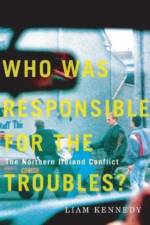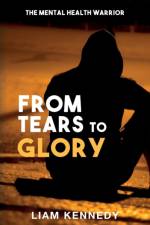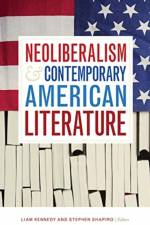av Liam Kennedy
1 451
The Great Irish Famine claimed the lives of one million people, mainly from the lower classes. More than a million others fled the stricken land between 1845 and 1851. This catastrophe ranks among the worst famines to afflict pre-industrial societies, and it retains an important place in the psyche of the Irish people and the Irish diaspora to this day. In recent decades, its history has become the focus of considerable scholarly and popular attention. In particular, a tremendous amount of work has been undertaken on mortality, emigration, relief efforts and the wider political, social and psychological consequences of the calamity. Yet much remains to be retrieved and reconstructed, particularly at the level of the rural poor. This book intends to fill that gap. Astonishingly, there is a large volume of reports on social conditions in the Irish localities, emanating from within those localities, that has never been used systematically by historians. It bears the compelling title of the 'Death Census'. Most historians are simply unaware of its existence. The outstanding feature of the Death Census is that it was authored by local clergymen who lived among the people they served, and were intimately involved with their lives. The census, which has never been published in composite form, is a unique store house of testimonies from near the base of society that awaits the attention of students of famine in Ireland. Ninety-nine clergymen from across Ireland, with marked concentrations in the worst affected parts of the country, contributed to the census. Some of these documents are coloured by politics, which in itself is revealing, but most aspire to more dispassionate representations of the horror facing a famishing people within the 'little society' of the parish, accompanied by appeals, explicit or implicit, to the humanitarian instincts of the wider society. In terms of wider significance, this is one of the great unstudied texts of modern Irish history. This book brings the Death Census together in composite form for the first time, and provides a detailed examination of its contents. The result is a new understanding of the Great Famine as it was experienced on the ground.





